- We put the Volkswagen ID Buzz — the reincarnated VW Bus — through our full testing regimen.
- The Buzz's performance and real-world range numbers surprised us.
- There isn't a test for style, but if there was, the ID Buzz would have off-the-charts levels of personality.
2025 Volkswagen ID Buzz Tested: Impressive Performance and Range
We find out if VW's retro-modern ID Buzz is more than just a novelty
The Volkswagen ID Buzz is enjoying a lot of, well, buzz. While not an exact replica of the famed VW buses of old, it's clearly pays proper homage, what with its two-tone paint scheme and those porthole-like windows on the side doors.
But focusing solely on the ID Buzz's styling might sell this van short; its boxy profile and roomy interior give this big VW a ton of utility. As the only current electric vehicle you can buy with a set of sliding doors, the Buzz's quirky looks belie the fact that this thing is fantastic at moving people and cargo. And as we found at our test track, it moves both of those things rather quickly.
A strong performer
We put the ID Buzz through our usual testing regimen and were impressed with the results, especially after it weighed in at a not-so-svelte 6,154 pounds. Our test vehicle was a Pro S Plus, the ID Buzz's top trim level (outside of the limited-run First Editions), meaning it had a dual-motor all-wheel-drive setup with 335 horsepower. The 0-60 mph sprint was dispatched in just 5.7 seconds and the quarter mile in 14.1 seconds at 96.1 mph. Yes, acceleration did taper off a bit once we got up to highway speeds, but the VW had plenty of initial grunt.
Compared to some other minivans we've tested at our track, the Buzz blows them all away. The quickest minivan we'd tested previously was the Honda Odyssey, and that only sprinted from 0 to 60 mph in 7.6 seconds. The Toyota Sienna was about a second slower than that, at 8.5 seconds.
The gap was much smaller when it came to braking distance, with the ID Buzz taking 125 feet to stop from 60 mph, compared to 132 feet in both the Odyssey and Sienna. Subsequent runs after that took longer, so the electric VW definitely showed some brake fade, but we did like how composed the Buzz felt while stopping quickly thanks to its low center of gravity because of the big battery pack mounted in the floor. We were a bit disappointed not to find a one-pedal driving mode, though we could increase the regenerative braking somewhat by putting the VW into its "B" gear via the shifter.
"If you have the ID Buzz decently balanced exiting a corner, pinning the accelerator gets you a little bit of oversteer," one of our test drivers noted on our handling course; rear-shimmying antics weren't something we expected from this VW. These observations make sense, considering what we know about the VW's AWD setup: In most cases, the Buzz functions as a rear-wheel-drive vehicle with the front motor only kicking in if wheelspin is detected or if you floor the accelerator. The ID Buzz's rear motor has nearly three times the power output of the front motor, and the result is a tail-happy van, which is pretty cool.
Range results
One of the Buzz's potential shortcomings is its range because, despite its large 91-kWh battery pack, this is still a big, heavy vehicle. Single-motor versions only offer an EPA-estimated 234 miles of range, while dual-motor versions like our test car fall just behind at 231 miles.
However, on the Edmunds EV Range Test, the VW blew past its estimate, covering 263 miles. That's nearly 14% better than the EPA's estimate and it makes the ID Buzz much more viable as a road-trip companion.
We still have yet to put the ID Buzz through the Edmunds EV Charging Test, to see how quickly it can replenish that battery. Volkswagen says the ID Buzz's max charging power is 200 kW, and that this is enough to charge it from 10% to 80% in just 26 minutes.
A cavernous interior
The ID Buzz offers a gigantic interior. Compared to a Toyota Sienna, the ID Buzz's wheelbase is 7 inches longer, but in overall length it's somehow just over 8 inches shorter. That means the Buzz feels even more spacious inside than a traditional minivan, with those wheels being pushed out to all four corners. The Buzz uses its additional 7.7 inches of height to provide a massive headroom improvement over the Sienna as well.
On what we like to call the Three Brians Test, the ID Buzz did better than anything else we could recall, even full-size SUVs. I'm just under 6 feet tall, and I set the driver's seat in my driving position and the second-row seat where I am still comfortable, and then get in the third row. The Buzz has 42.4 inches of third-row legroom, and when I got back there, I found nearly a foot of space between my knees and the second-row chair, enough to even cross one leg over the other. When it came to headroom, the VW felt just as expansive. The third row does only seat two passengers, however, making the Buzz either a six- or seven-passenger vehicle, depending on configuration.
The ID Buzz's third row is also removable and the seats are on small rollers, so they easily slide out. Unfortunately, the second-row captain's chairs don't come out, so you can't get a completely flat cargo floor. The way to do that is to actually put the third row back in and fold it down because then it makes a flat surface with the captain's chairs and a removable shelf that's installed behind the third row. Like this, there's enough room to fit an inflated air mattress. Behind the third row, there's just 18.6 cubic feet of space. But if you max out the Buzz's cargo room, it measures 145 cubic feet, which rivals space in other minivans.
More pros and cons
Here are a few other things we noted during our test.
- Pro: The ID Buzz borrows its captain's chairs from the VW Atlas, which means that they can tilt and slide forward to allow third-row access even with a forward-facing child safety seat installed — provided it's hooked up to the LATCH anchors. However, unlike most minivans that integrate the seat belt into the captain's chair or bench seat, the Buzz's seat belt is still mounted on the pillar, so if the seat has to be installed using that (for children over 40 pounds), you'll lose this functionality.
- Con: Small-item storage isn't great. The center console only has two small bins that fold out, and while there is a nice shelf in front of the front passenger, there aren't many other places to put your belongings. The cupholders that fold out from the bottom of the dashboard might look like they're hiding a storage bin, but that's not the case.
- Pro: The styling doesn't get old. Walking up to the ID Buzz each day put a smile on our faces and it attracted many eyeballs from strangers. That's usually something we don't love, but you can see the delight in people's eyes everywhere you go. We hope that ray-of-sunshine personality never fades.
- Con: There are way too many touch controls with questionable responsiveness. This control scheme has been percolating around the Volkswagen lineup for some time now. But at least the controls below the center screen are backlit now so you can actually find the volume slider when the sun goes down.
- Pro: It's a pretty comfortable vehicle, with good seats that are matched by some surprisingly good ride quality whether you're on the highway or on the street. The ID Buzz is communicative but cushy at the same time.
- Con: The ID Buzz starts at $61,545 (including destination) for the base Pro S model, and our Pro S Plus 4Motion test vehicle cost a whopping $70,540. A fully loaded Sienna tops out around $60,000, but the cost of the ID Buzz is more analogous to that of a three-row electric SUV like the Kia EV9, which pretty much loaded, costs $76,585 but comes with much more range (306 miles) and better interior materials.
All in all, we have really enjoyed the time we spent with the ID Buzz. We can't wait to test more examples as they become available.
Photos by Ryan Greger

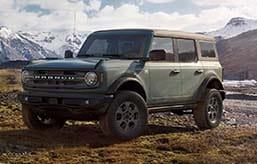
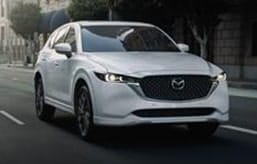
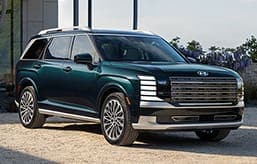
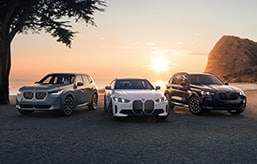


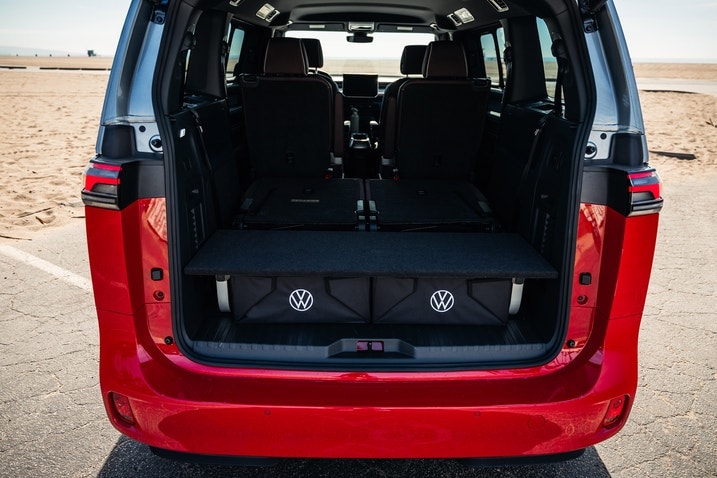
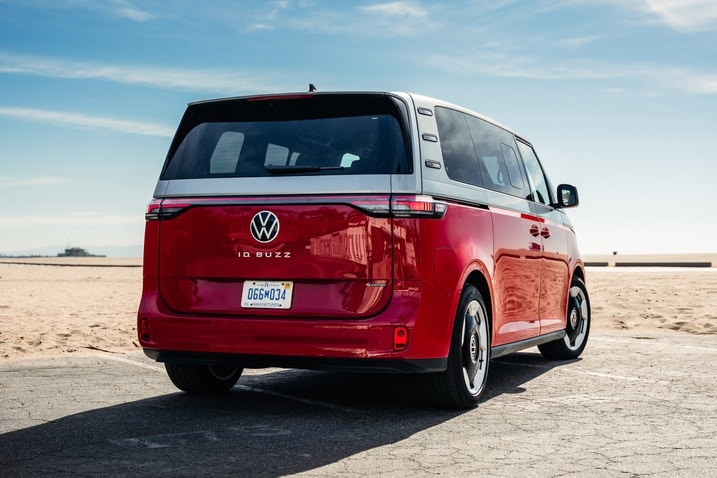
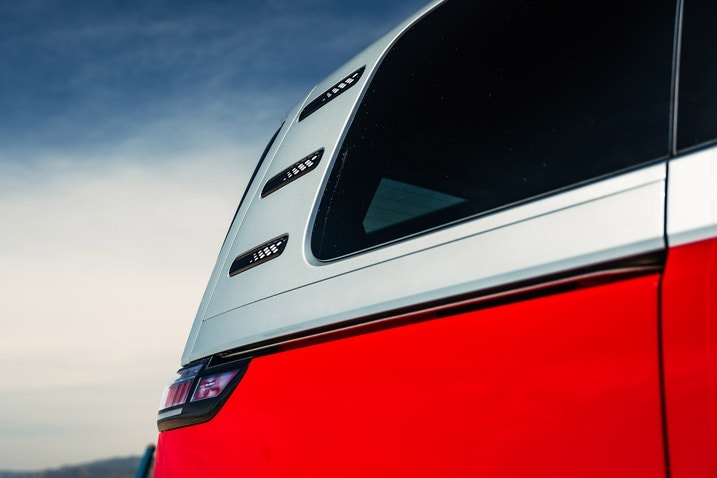
 by
by  edited by
edited by